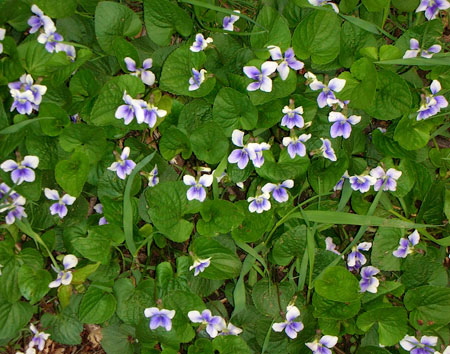Tough to control broadleaf weeds flowering
The second best chance you have to control troubling broadleaf weeds such as ground ivy is when they're flowering.
Dandelions continue to progress from flowering to puff ball stage. On May 9, 2013, I wrote a Michigan State University Extension article about waiting until the puff-ball stage before spraying with herbicides (see “Dandelions painting turf and lawns yellow”). One of my interested readers expressed some bewilderment with this recommendation from the perspective of all of these new dandelion seeds blowing around. The recommendation I provided was aimed at trying to time an application when the dandelion would be at its weakest, i.e., right after spending all that energy to push out those sparkling yellow flowers. Certainly an application prior to puff ball will be effective at burning down the rosette, but keep in mind if you really want to get them, schedule an application for the fall.
Similar to the strategy of controlling dandelions, there are some very tough to control weeds that are also flowering right now. Ground ivy (also known as creeping Charlie), wild violet and several speedwells (germander and creeping) are actively flowering. The flowering period is the best opportunity to kill them until fall arrives. The typical broadleaf herbicide containing 2,4-D provides fair control at flowering, but if you can find herbicides with the active ingredients quinclorac, triclopyr or fluroxypyr, you should achieve better than fair control.

Wild violet. Photo credit: Kevin Frank, MSU
Although it was certainly wet enough earlier this year, the recent weather has started to result in drier conditions in many areas. For the most effective weed control in unirrigated turf, ensure there is adequate soil moisture before trying to control the weeds. In irrigated turf and if it’s a serious weed infestation, you may want to control the weeds now to prevent a complete takeover and then make another application in the fall to clean up any misses or weeds that didn’t quite get eliminated.
Always read, understand and follow the label directions. Mention or exclusion of specific products does not represent an endorsement or condemnation of any product by Michigan State University. Please see www.msuturfweeds.net for all your turfgrass weed identification and management recommendations.
Also see:
Dr. Frank's work is funded in part by MSU's AgBioResearch.



 Print
Print Email
Email


